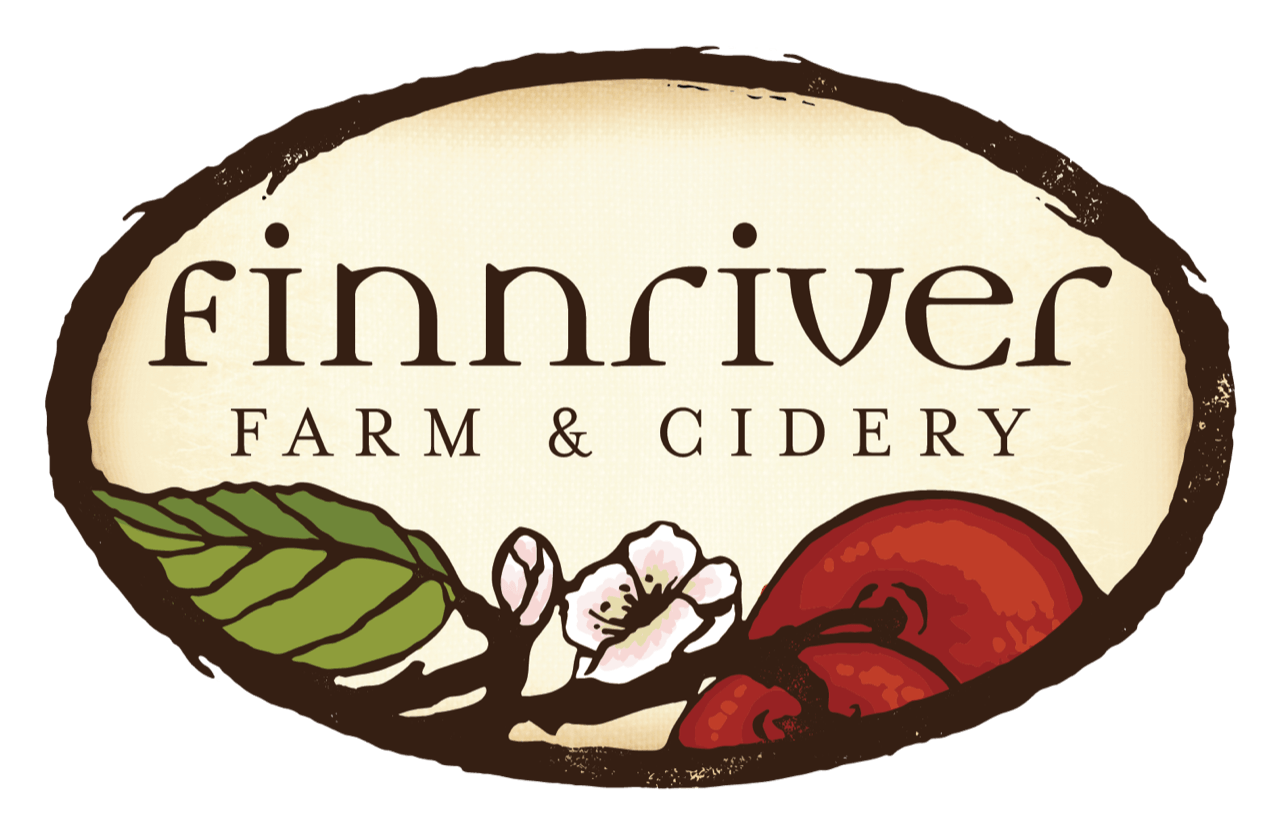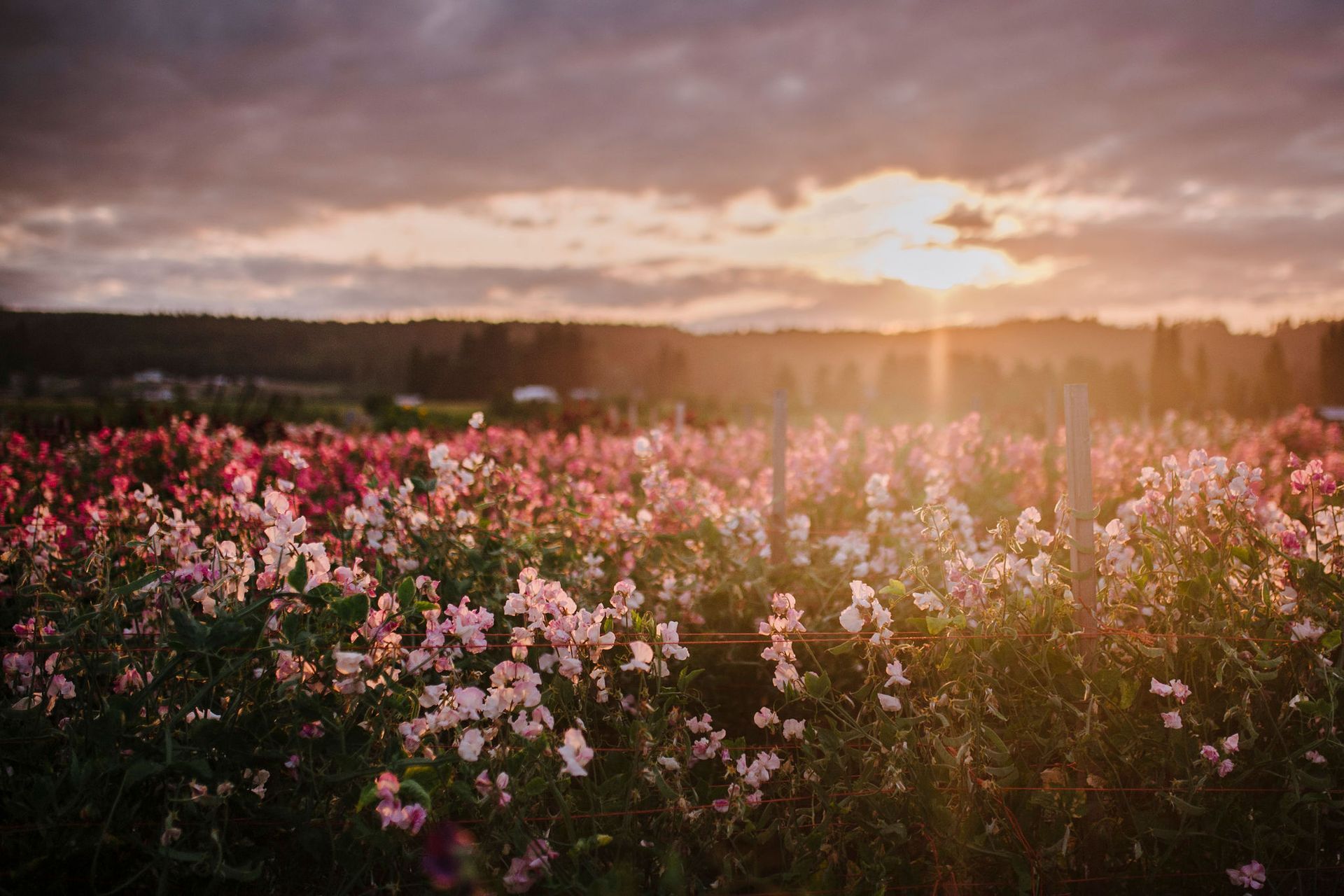INDIGENOUS LAND
The waters, mountains, valleys and shorelines where we farm are the traditional territories of the Chemakum (Aqokúlo or Chìbakábḳʷ) and S’Klallam (Nəxʷsƛ̕áy̕əm̕). Additional Indigenous nations met, traded, and gardened in this area, including the Snohomish (Sdoh-doh-hohbsh), other Coast Salish peoples, and the Makah (Qʷidiččaʔa·tx̌). We acknowledge that Indigenous people have been here since time immemorial and that this land will continue to hold deep significance for present and future generations of local Native communities.
We at Finnriver recognize the complexities and complicities around occupying Indigenous land and the importance of locating our own presence here with respect for the presence and legacy of Native cultures and the lineage of historical events. We are working to educate ourselves as a company and crew community to better understand the history of Native tribes of the Olympic Peninsula, Salish Sea, and Pacific Northwest, as well as the far-reaching impact that settler colonialism continues to have on Native nations and communities.
We are committed to the continued education and action that upholds and honors the Indigenous experience, past and present. As we deepen our awareness, we grow to understand our responsibilities as settlers on this land and commit to the work of respectful and humble relationship.
The Native history of Chimacum (Chìbakábḳʷ) is multifaceted and emerges from the experiences and perspectives of many cultures and peoples moving through this landscape for 14,000 years, if not longer. Known for its once fertile camas prairie, abundant salmon runs in Chimacum Creek, multiple village settlements, sacred sites, and ample beaver, elk, and deer populations, Chimacum was a lively region that witnessed many millennia of Indigenous dwelling and travel.
Ancestral S’Klallam homelands span from the Hoko River to Indian Island, with villages anchored along the shoreline of the Strait of Juan de Fuca, and the Olympic Mountains. The Chìbakábḳʷ--a non-Coast Salish* community--became displaced from their relatives, the Hoh and Quileute, during a large tsunami in pre-colonial times. Chìbakábḳʷ survivors relocated from the far west of the Olympic Peninsula to S’Klallam territory, settling in what is known as the Chimacum region. As a result, the Chìbakábḳʷ formed close ties with their S’Klallam neighbors, sharing villages and intermarrying into S’Klallam families despite speaking different languages. Although Chìbakábḳʷ individuals signed the 1855 Treaty of Point No Point alongside S’Klallam, Twana, and Skokomish leaders, local violence and federal efforts to extinguish Indigenous identity and title to land caused the Chìbakábḳʷ to dwindle—but not disappear. While some Chìbakábḳʷ eventually became incorporated into S’Klallam communities, they continue to possess a distinct history, language, and customs.
On this land, we also acknowledge the legacy of Lag-wah of the Snohomish people, who was among a number of Coast Salish refugees who relocated to Chimacum Prairie when their Puget Sound villages were burned down by Euro-American settlers in the mid 1800’s. The nucleus of this Chimacum community was the dairy farm of Lag-wah (“Sally”) and William Bishop Sr., a former British seaman. Not only did other mixed-ancestry households buy land or camp around the edges of the Bishop property, but William and Sally Bishop's sons--Thomas G. Bishop (1859-1923) and William Bishop Jr. (1861-1934)--became pioneer Native American political leaders: Thomas as founder of the first inter-tribal treaty-rights organization, the Northwest Federation of American Indians (NFAI), and William Jr. as an outspoken state legislator and first president of the Snohomish Tribe of Indians. Descendants of William and Sally Bishop and their Native and mixed-ancestry neighbors continued to live in the Chimacum area and to identify as Native American, many specifically as Snohomish, into the twenty-first century, although in 2003 the Snohomish Tribe of Indians was denied federal recognition despite signing the 1855 Treaty of Point Elliott.
It was also during the late 1800s that the S’Klallam were forced to leave Port Townsend and adjacent areas. S’Klallam homes were burned by government officials, and city ordinances legally banned the S’Klallam from entering white settlements without a chaperone. Anyone who defied these orders faced hefty fines and possible incarceration. Many S’Klallam individuals were exiled to Indian Island, Port Gamble, and Jamestown (near Sequim), where they occupied small ancestral village sites.
In the summer of 2021, a photography portrait project, Still Here: Portraits of the Chemakum, was initiated to document the descendants of the Chemakum and their families, and to uplift their continued presence in the community. About the project, Chemukum elder Rosalee Walz offered:
"Yet today, we remain. We are here on the land of our ancestors. Q’Lash, Chemakum Grandfather, and Tammoe, S’Klallam Grandmother, lift us up.”
Tammoe Woodman was of S’Klallam, Chemakum, and Makah descent, and born at the Discovery Bay village in 1840. Q’Lash was her first husband, and it is thought that he was a Chemakum/Samish man from the Chimacum Creek village. You can learn more and read the evolving Chemakum history at: https://www.chemakum.org/our-history
Another local Indigenous projects is Longhouse for the People led by Naiome Krienke, located on 11.68 acres in the Quilecene area, where family and friends are in the process of building a traditional style longhouse with traditional first foods gardens.
"This project is to bring back our history. From 1910 to 2019 it was illegal to own or build a longhouse in Chemakum territory. We plan on bringing back longhouses while simultaneously creating a gathering space in our community for indigenous and non-indigenous people to gather. This will be a space for spiritual healing, sacred space, education, potlatches and celebrations, and more.” (https://www.thetamanowasfoundation.org)
This region is complex, containing a multitude of experiences related to ancient S’Klallam history and cosmology, as well as Chìbakábḳʷ communities and Snohomish refugees during times of cultural crisis and political duress. We acknowledge the ongoing harmful impacts of the settler colonialism responsible for the displacement of Indigenous nations from these territories, and we stand in solidarity for continued Indigenous sovereignty.
We encourage folks visiting from near and far to research the history and continued presence of Indigenous culture and community on the Olympic Peninsula, Chimacum Prairie and beyond.
Educational resources include:
Longhouse for the People Project
Chemakum (Chìbakábḳʷ) Tribe (https://www.chemakum.org)
Tamanowas Foundation fundraiser for the Longhouse
The čičməhán Trail, an educational walking and biking path dedicated to S’Klallam history located in Port Townsend
The Jamestown S’Klallam Tribe (StətíɬəmNəxʷsƛ̕áy̕əm̕), based near Sequim
The Port Gamble S’Klallam Tribe(NəxʷqíytNəxʷsƛ̕áy̕əm̕)
The Lower Elwha Klallam Tribe(ʔéʔɬx̣ʷaʔNəxʷsƛ̕áy̕əm̕), near Port Angeles
The Snohomish Tribe of Indians(on Puget Sound, north of Seattle and south of Whidbey Island in what is now Edmonds)
The Quileute Nation, on the Pacific coastline, near La Push, and the Hoh Tribe (Chalá·at), near Forks. (The Quileute and Hoh are related to the Chemakum, who sought shelter in S’Klallam territory after a massive flood.)
Coast Salish* Country, dedicated to Coast Salish landscapes, archaeology, and oral histories of the Olympic Peninsula
* “Coast Salish” is an anthropological “umbrella” term used to refer to Native nations whose territories occupy lands bordering the Salish Sea, which consists of the Strait of Juan de Fuca, Puget Sound, Georgia Strait, and numerous bays, inlets, rivers, and lakes. In Washington, these include communities such as the S’Klallam, the Snohomish, the Skokomish, the Suquamish, the Puyallup, and the Duwamish, amongst many others. Coast Salish tribes are unique in their lands and livelihoods, though share related languages and cultural customs. It is best practice to refer to individual Indigenous communities by their nations’ names, acknowledging that Coast Salish is a general term that describes dozens of such communities--and a term that was not used by Coast Salish peoples themselves until fairly recently.
With thanks to Dr. Alexandra Peck for her research and contributions on the statement above. You can read her publications here. And with gratitude to the many folks who contributed insights and input to this statement.



